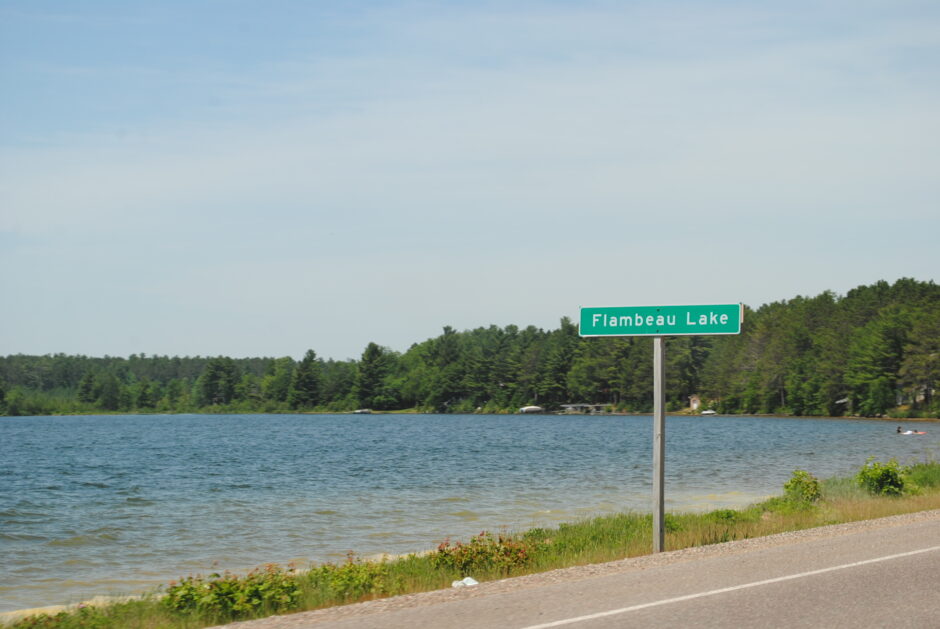Wisconsin’s Lac Du Flambeau Hatchery Helps Walleye
 Flambeau Lake (Lac du Flambeau), Vilas County from Wisconsin Highway 47 (Credit: Riffsyphon1024 via Wikimedia Commons (CC BY-SA 3.0))
Flambeau Lake (Lac du Flambeau), Vilas County from Wisconsin Highway 47 (Credit: Riffsyphon1024 via Wikimedia Commons (CC BY-SA 3.0))Wisconsin walleye are famous throughout the U.S., whether it be the food they provide to restaurants and individuals throughout the country or the tourists that travel there to catch a few for themselves. Fisheries like Lac Du Flambeau throughout the state have been struggling to keep populations consistent. The American Fisheries Society states that these declines may be influenced by a variety of environmental concerns like warming water temperatures, overfishing, habitat loss due to increased development along lake shorelines and interactions with largemouth bass.
How the Lac Du Flambeau Tribe Supports Wisconsin Walleye
In order to maintain levels, Wisconsin stocks walleye in local waterways. At the same time, Indigenous Tribes that rely on walleye for food and cultural practices stock fish. The Lac du Flambeau Tribe reports that the lakes and other waterways within the reservation are stocked annually with fish from the tribe’s hatchery. “Over the last 30 years, the Tribal Fish Hatchery has restocked the lakes with well over 415 million walleye,” they state on the tribe’s website.
The hatchery that supplies the fish has been in operation for over 30 years, and as such, it has required various repairs and maintenance over the years. In 2016, the hatchery needed to replace its original pond liners, so it partnered with the U.S. Department of Agriculture’s Natural Resources Conservation Service to update the equipment. The renovated ponds were projected to help with the breeding and raising of walleye, according to tribal resource managers.
The 2016 renovations also included a large-scale reconstruction effort that created six large ponds, each with more than seven acres of surface area. There are also two new fish-gathering kettles that eliminate the work of having to harvest fish from each pond individually. Such changes were projected to increase productivity and increase the influence of the hatcheries stocking efforts.
Conclusion
Walleye are critical to indigenous spearfishing practices, a tradition conducted every year wherein members of the tribe from all ages go out onto the water to catch fish, walleye included. This practice has been fought and defended in the U.S. court system for decades, allowing indigenous peoples to continue spearfishing on the lake while meeting catch limit guidelines.
The cultural practice is heavily monitored by local fishing authorities, according to the Green Bay Press Gazette, but the fish are still considered a staple of the Lac du Flambeau Ojibwe’s diet. Beyond access to food, the tradition is also treated as an educational opportunity for younger members of the tribe.
William Poupart explained to the Green Bay Press Gazette, “Every night, it is essential that I get my children experience, no matter the season or harvesting method,” he said. “Most nights they’re the ones doing majority of the harvesting. Whether they continue this tradition or not, they will know it and will be able to provide for their own one day and then hand down the tradition to their children.”
Stocking initiatives like those at the Lac du Flambeau hatchery and fishery allow this spearfishing tradition to live on for generations to come. These efforts are not just about maintaining the population of walleye in Wisconsin but also about preserving cultural practices and an identifying feature of the region.


0 comments